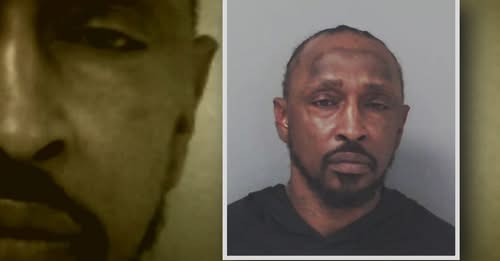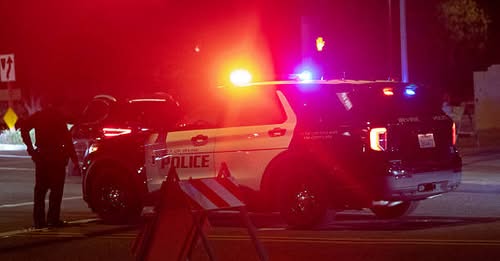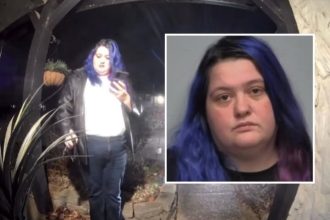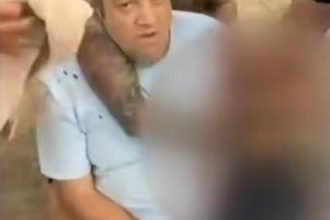They arrested him in Douglasville, and within weeks DNA quietly began tying him to crimes that stretched back decades — a pattern that left survivors breathing a shaky little sigh of relief and wondering how many more names were still missing from the list. Bobby Lee Hart Jr., who people in whispers and in court papers have called the “West Georgia Monster,” was publicly connected to a string of rapes after investigators ran DNA from evidence through national databases and started getting matches.
At first the case looked like the kind of local story that gnaws at a neighborhood — a few attacks, a man in custody. Then the pieces multiplied. Prosecutors in Douglas County announced charges tied to assaults from 2012, 2022 and 2024, and investigators said they found more victims through CODIS and other testing. That initial identification pushed the investigation outward: what had seemed like isolated, terrible crimes suddenly fit the contours of a pattern that might reach back into the 1990s.

Weeks after the arrest, a DNA hit linked Hart to a rape from 2006, and that connection — small and technical in itself — became a hinge in the story. Once those older kits were re-tested and run through the databases, prosecutors say, more connections surfaced and separate jurisdictions began to exchange notes. That’s how a Douglasville arrest became a Cobb County indictment and why district attorneys warned that more charges could be coming as testing continues.
By mid-October a grand jury had started handing up indictments. Prosecutors moved to charge Hart in Cobb County with an assault dating back to 2006, and in Douglas County a grand jury returned additional counts that prosecutors describe as part of a larger trail of sexual assaults spanning more than a decade. Court papers and search warrants released in recent weeks flesh out a pattern alleged by investigators: approaches in the middle of the night, violent control, and victims who carried the trauma forward for years.
What makes this case so wrenching is the echo it leaves in survivors’ lives. The district attorney’s office has publicly urged anyone who thinks they might be a victim to come forward, pointing out that aliases and gaps in earlier investigations can hide patterns until the science finally catches up. Victim advocates and prosecutors in the region have said the re-examination of old sexual-assault kits and the coordination between counties were key to finding matches — a painful but necessary reminder of how many cases sit unresolved until technology or attention changes the odds.
For neighbors and the families who watched this story unfold, the legal detail doesn’t erase the fear and the questions: how did this go on for so long, how many names are still unknown, and what happens next to the people whose lives were broken? Investigators have signaled they expect more indictments as testing continues, and the DA’s office has set up hotlines and advocates to take reports and support survivors through interviews and court steps. The mood in press conferences has been blunt and steady: more science, more victims, more legal work to do.
Court will be where facts meet scrutiny — where every DNA link, every old report and every witness will be tested under oath. For now, the public record is one of slow, careful expansion: an arrest in Douglasville that triggered database hits, a Cobb County indictment tied to a 2006 assault, and a growing list of charges and alleged victims that paint a grim picture across west Georgia. Survivors who have waited years for answers are finally seeing investigations move forward, and prosecutors say they’re prepared to follow the evidence wherever it leads.
This is not the end of the story. It’s the part where the pieces — DNA, court papers, victims’ memories — are being laid out in public, and where communities are being asked to reckon with both the harm and the slow mechanics of justice. If you or anyone you know believes they were affected, prosecutors and advocates in the region have asked people to reach out; the hope right now is that more voices come forward so the full scope of what happened can finally be heard and addressed in court.



